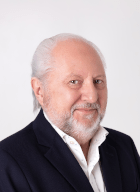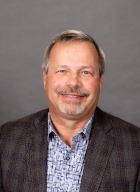Layoffs Begin in the North American Truck Segment
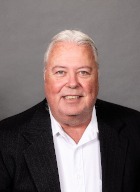
Both Volvo and International Truck have initiated layoffs this year due to sluggish orders and high production capacity in preparation for a potential 2026 truck pre-buy ahead of the phase 3 GHG Emission Regulations scheduled for implementation in 2027.
Volvo Trucks North America plans to lay off up to another 350 workers from a Virginia plant as part of job cuts affecting up to 980 employees across the country since the beginning of the year.
Employees at the New River Valley plant in Dublin, Virginia, were notified of the workforce reduction this month, and their last day at the facility will be June 27, Volvo spokesperson Janie Coley said.
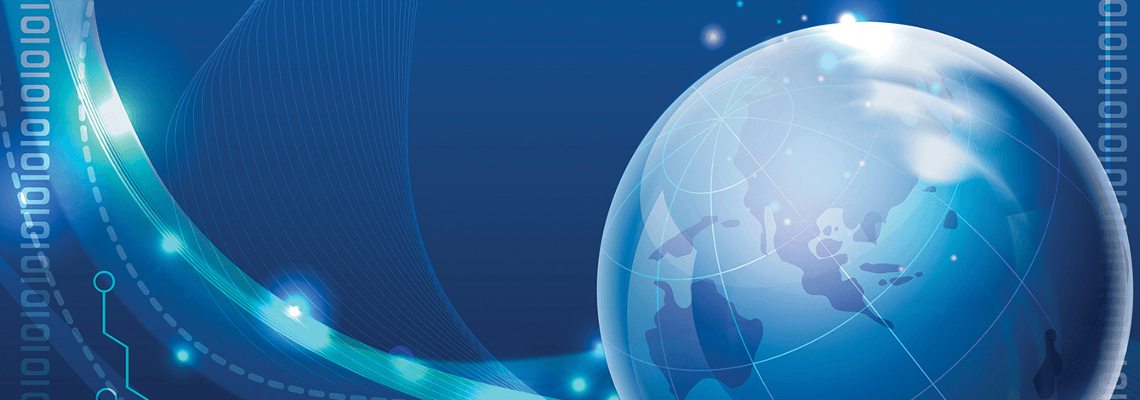
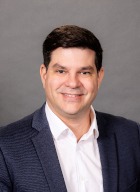
 AUTODATA Power Systems Research
AUTODATA Power Systems Research 